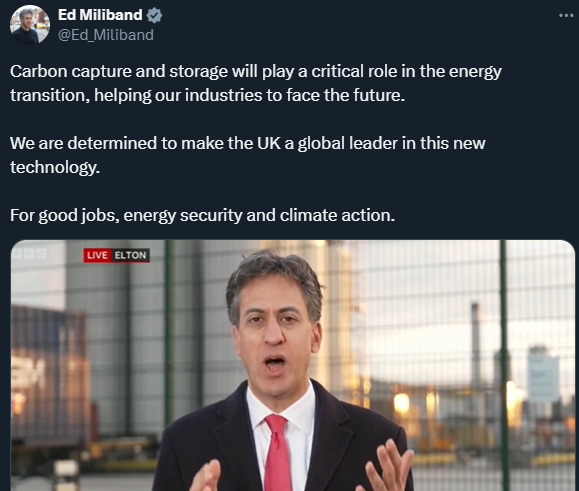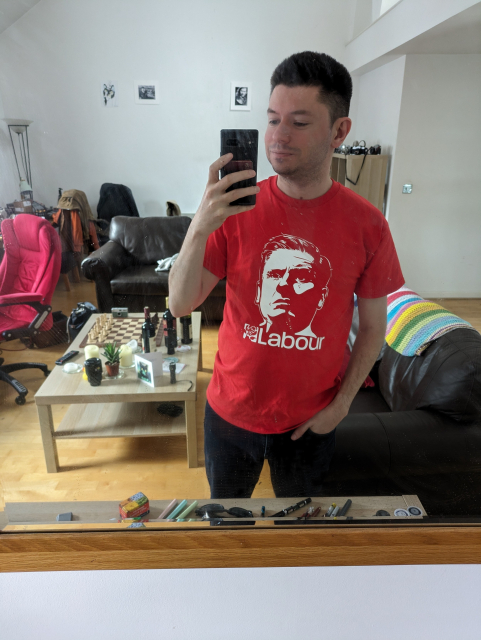#Skwawkbox | Calls to suicide helplines rocket because of Labour’s war on disabled and sick people
skwawkbox.org/2025/03/12/calls…

Calls to suicide helplines rocket because of Labour’s war on disabled and sick people
Starmer government’s plan to slash thousands and intensify punitive regime drives victims to despair among people already under awful pressure Calls to suicide helplines have seen a ‘hu…SKWAWKBOX



